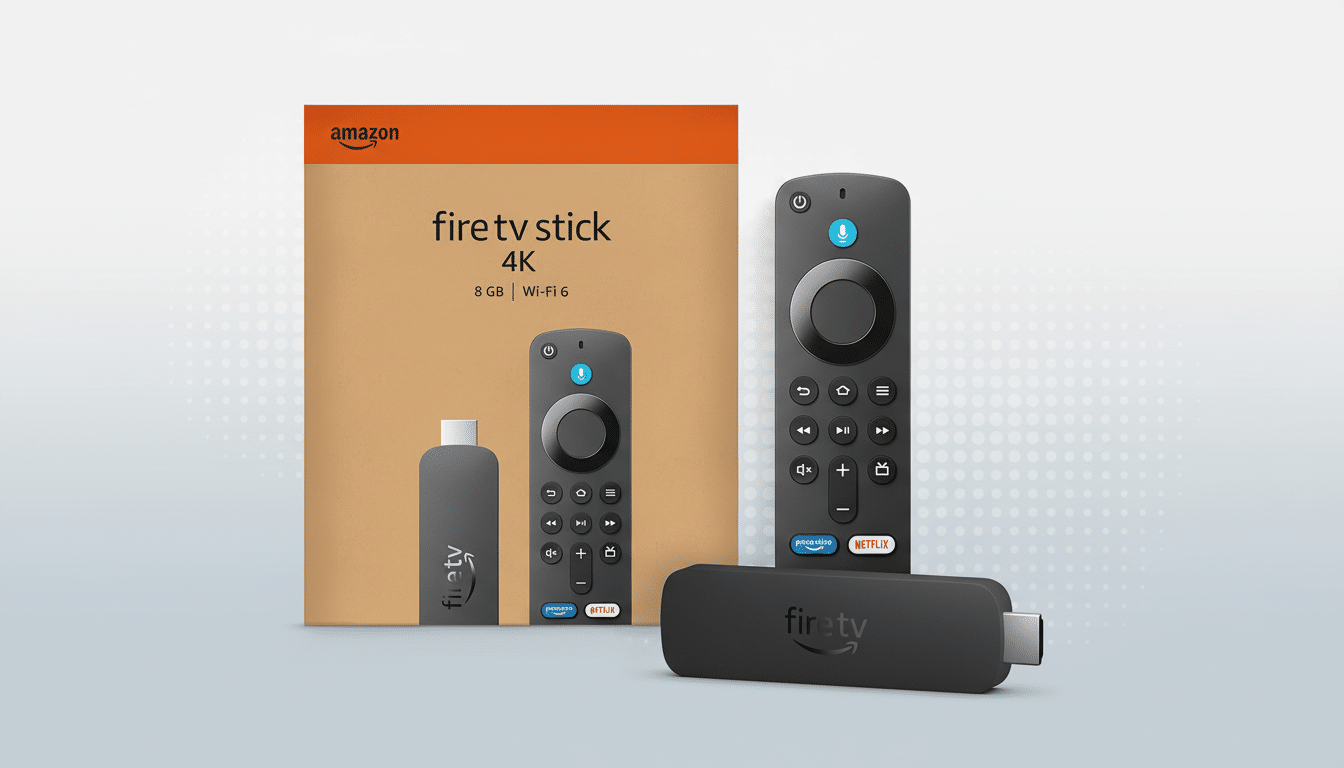Amazon confirms it isn’t, in fact, leaving Android behind on Fire TV. The company says its current Android-based Fire OS will coexist with its new Linux-based Vega OS, a platform that’s now shipping on the Fire TV Stick 4K Select. The message is pretty straightforward — Vega OS expands the Fire TV lineup rather than replacing it, with the emphasis on security and performance, while Fire OS takes its well-earned place at the core of more premium devices and access to a wider range of apps.
Amazon explains Fire OS and Vega OS will coexist on Fire TV
Vega OS was created to fulfill certain requirements — primarily anti-piracy and low-power performance — while not abandoning Fire OS, according to Amazon. In the meantime, expect a dual-line lineup: There will be Fire OS devices and devices on Vega OS. That approach allows Amazon to maintain its Android lineage for apps and services that rely on it, while deploying a more hardened, cleaned-up OS where it can get away with it.
- Amazon explains Fire OS and Vega OS will coexist on Fire TV
- Why Amazon created Vega OS for security and efficiency
- What changes for users and developers under the new Vega OS
- Hardware and performance implications for budget Fire TV
- App ecosystem and competitive context across Fire TV
- What to watch next as Amazon expands its two-OS strategy

Why Amazon created Vega OS for security and efficiency
Fire TV has been the perennial bad apple when it comes to illicit apps sideloaded because of Android’s nature. Industry groups in recent years have repeatedly targeted “fully loaded” streaming devices that allow unauthorized access to premium content from companies like the Motion Picture Association and the Digital Citizens Alliance. It’s Amazon’s answer: a Linux OS that makes sideloading by commoners much more difficult, lessening the abuse vectors while leaving developer access an open door for testing.
It’s a marked pose change. If Fire OS, which is based on AOSP, had open doors that bad actors could take advantage of, Vega OS tightens those doors intentionally. Amazon is apparently betting that more robust defaults, combined with a model of certified app distribution, will placate rights holders and premium streaming partners without undermining the value proposition of Fire TV.
What changes for users and developers under the new Vega OS
Sideloading on Vega OS is limited to credible developers, not consumers. Which is to say, casual users won’t be able to freely install APK files as they’re likely used to on Fire OS. The pragmatic implications will likely be modest for most households, since the major services — Netflix, Disney+, Prime Video, YouTube, Max, Hulu, Peacock, Paramount+, ESPN, DirecTV and Sling as well as lesser ones such as Fubo TV and Tubi (and more specialized ones like BBC and Plex) — are already all accessible on the Amazon Appstore on Vega OS.
Developers can expect new tooling and compatibility guidance. Fire OS apps that target Android frameworks can keep targeting Fire OS, and Vega is almost certainly Android API level 17-based with heavy leveraging of Amazon’s Appstore APIs and standard Linux tooling. Amazon says developers can continue to sideload for testing using the appropriate credentials, an indication that it’s stepping back from cutting off the build–test–deploy loop even if consumer sideloading is cinchier.

Hardware and performance implications for budget Fire TV
Vega OS is optimized to work on low-memory, low-power hardware. And the Fire TV Stick 4K Select is a showcase for just 1GB of RAM — unusually lean for a 4K streaming device. By cutting overhead and optimizing services, Amazon hopes to give you better navigation options, faster cold startup times and more reliable playback on cheap sticks that cut costs while favoring price over raw specs.
There are trade-offs. Some features such as Dolby Vision or more modern Dolby Audio might be absent on a few Vega OS devices, this could be because of hardware, not capability issues on the OS. Which is why Amazon has it nearly at the top of the page: Fire OS doesn’t want to disappoint where premium capabilities and overall Android compatibility are concerned.
App ecosystem and competitive context across Fire TV
Fire TV’s strong suit has always been its wide range of content and the seamless Amazon services integration. The focus of Vega OS is a curated app experience such as that for tvOS as opposed to the more flexible Fire OS found on Android TV and Google TV. Fire TV is in the U.S. Top 2 streaming platforms according to industry trackers that toggle leadership with Roku and staying up there involves keeping the big apps on both OS tracks and building developer confidence around long-term support.
Amazon has said it’s working to broaden the scope of its categories beyond streaming, to also include cloud gaming. If those experiences do eventually come to a wide range of Vega OS devices, then it makes the platform way more broad than “Fire OS on entry-level hardware” — at that point, the split between Fire and Vega stops being about capabilities and starts being just a strategic deployment decision.
What to watch next as Amazon expands its two-OS strategy
In the short term, look for a two-OS lineup: Fire as the go-to choice to maximize against Android-based compatibility and premium feature sets; Vega as the preferred selection to minimize costs while wising up on security. The things to watch are developer adoption, app catalog parity, and whether or not Vega OS makes the jump to high-end hardware. For consumers, it’s a simple message—Android isn’t going anywhere on Fire TV—but the new budget sticks will be trading open sideloading for a more secure, speedy and controlled experience.

